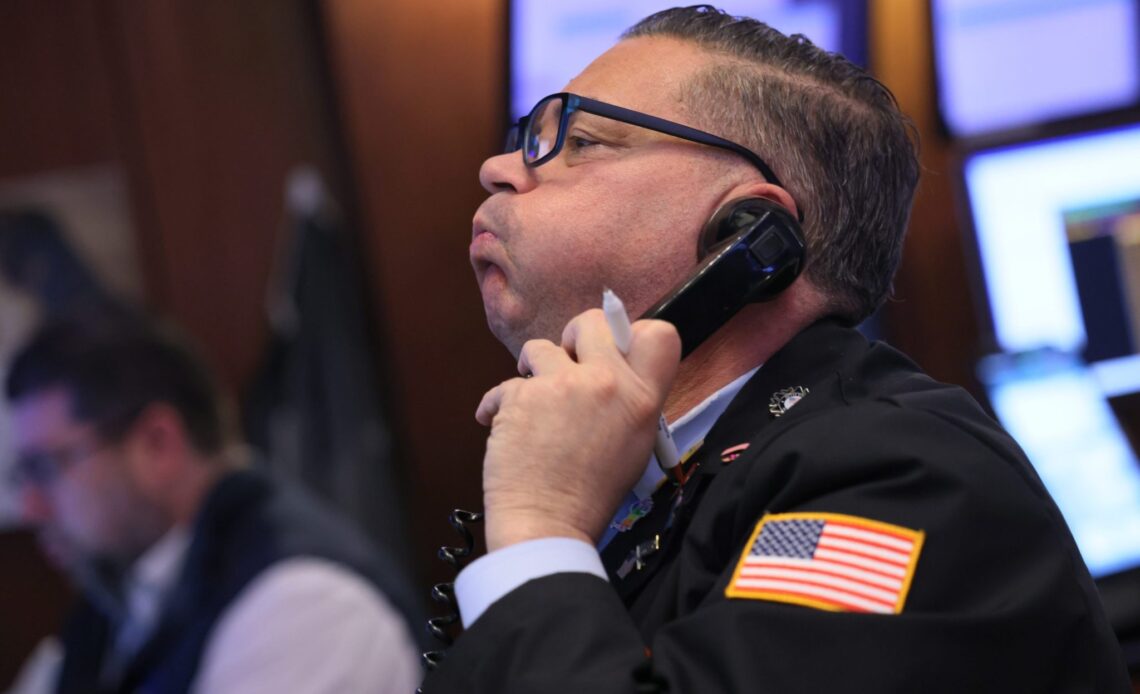The mighty American consumer has shrugged off months, even years of recession predictions from top economists and Wall Street CEOs. Facing the hottest inflation in 40 years, and aggressive interest rate hikes meant to tame it, consumers have managed to continue spending, enabling the economy to remain on solid footing. But this week, a one-two punch of bad economic data has some experts waiting for another uppercut.
The second straight weak retail sales report, which included a downward revision of January’s sales data, has sparked concerns that consumers are finally showing signs of wear and tear after powering through price increases and rising borrowing costs for roughly two years. “While last month’s retail sales miss was chalked up to weather, this month’s weakness suggests that perhaps the consumer is not as healthy as expected,” Damian McIntyre, portfolio manager at Federated Hermes, told Fortune in emailed comments.
At the same time, producer price inflation, which tends to lead consumer price inflation, also came in above Wall Street’s expectations for the second straight month on Thursday. It’s another piece of data that could put investors’ dreams of swift, economy-boosting interest rate cuts on hold, particularly with Fed officials being very clear that they don’t plan on cutting rates until inflation is well under control. As Quincy Krosby, chief global strategist for LPL Financial, put it: “For the data dependent Fed, this report isn’t helpful.”
The latest retail sales and producer price inflation reports aren’t dire news for the economy in their own right—retail sales are far from outright collapsing, and producer price inflation isn’t soaring—but the new trends seen in them are concerning. If businesses continue to see price hikes, they’ll likely pass those on to already inflation-weary consumers. That could put a stopper on consumers’ aggressive spending, which has helped prevent a U.S. recession so far.
The Jab: Rising Producer Prices
The quick jab that hit the economy first on Thursday was an elevated producer price inflation reading. The producer price index (PPI), which measures the change in the prices domestic sellers pay, rose 0.6% last month, the Labor Department’s Bureau of Labor Statistics reported Thursday. That was compared to economists’ consensus forecast for 0.3%.
Year-over-year, producer prices also jumped 1.6% in February. That’s well below the 4.7%…
Click Here to Read the Full Original Article at Fortune | FORTUNE…


